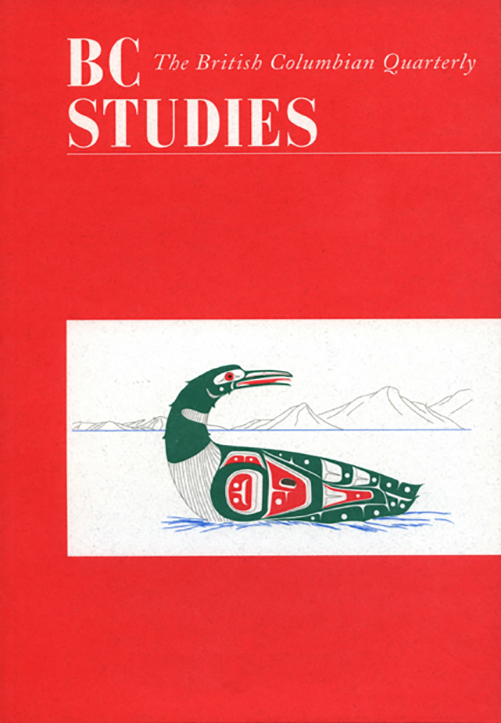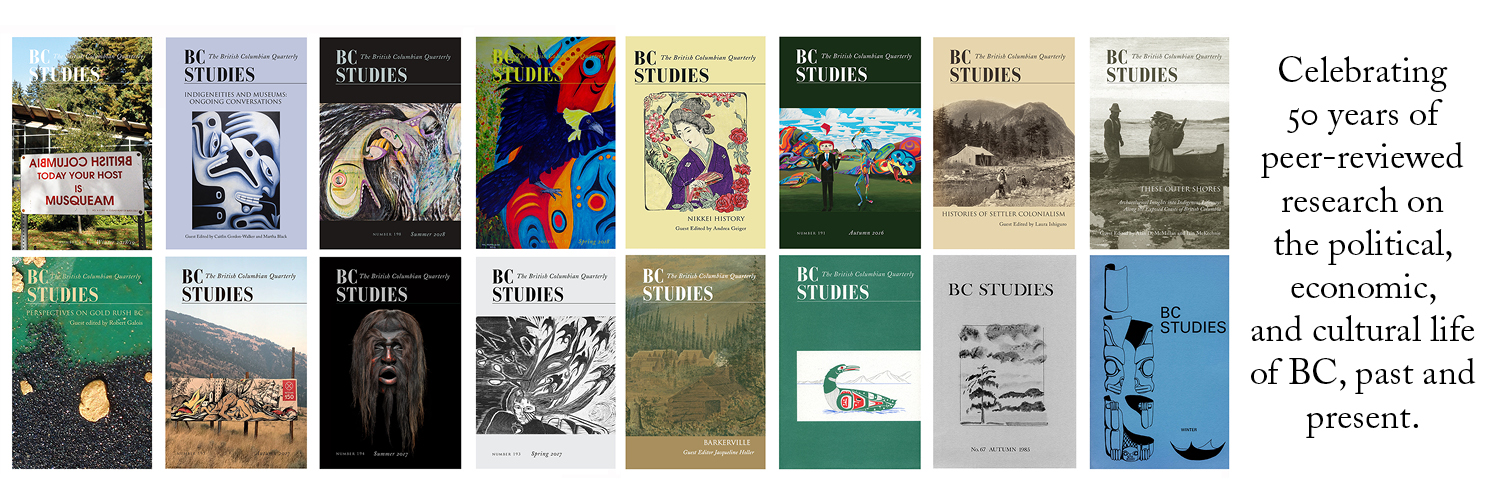Mine-Mill’s Peace Arch Concerts: How a ‘Red’ union and a famous singer-activist fought for peace and social justice during the Cold War
DOI:
https://doi.org/10.14288/bcs.v0i174.2401Keywords:
trade unions, cold war, communism, International Union of Mine, Mill, and Smelter Workers, Harvey Murphy, Peace Arch concerts, Paul RobesonAbstract
When Harvey Murphy, the pugnacious western regional director of the International Union of Mine, Mill and Smelter Workers, learned that his friend and fellow leftist, American opera star Paul Robeson, was not going to be allowed to cross the Canada-United States border to sing at the Vancouver Mine-Mill convention on February 1, 1952, he didn’t mourn, he organized. First, he organized an impromptu concert where Robeson sang through long-distance phone lines to the delight of convention delegates. Then he promised a much bigger concert that May at the Peace Arch near the Canada-United States border at Blaine, Washington. If the American authorities wouldn’t let Robeson come to the convention, Murphy reasoned, they would take the convention to Robeson. Those authorities had quietly pulled Robeson’s passport in 1950. Had they needed to defend the suspension of the singer’s constitutional right to free passage, they might have said it was a matter of national security; they were protecting the nation from a threat of Communist infiltration. But they needed no such defence. After all, it was the McCarthy era and Communist sympathizers like Robeson were fair game.



